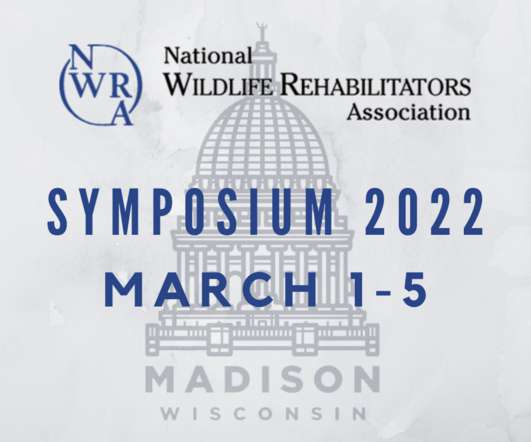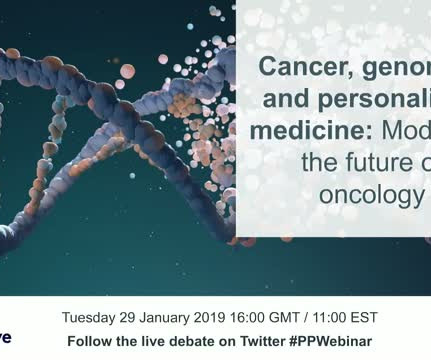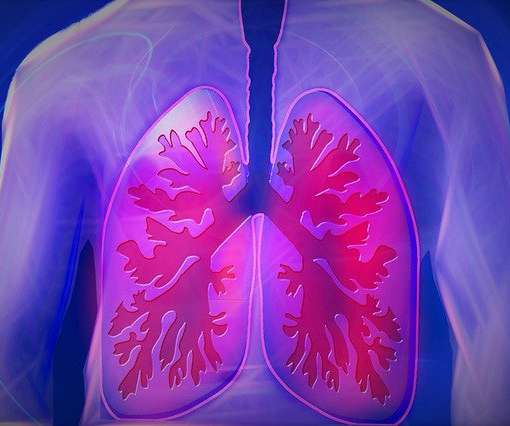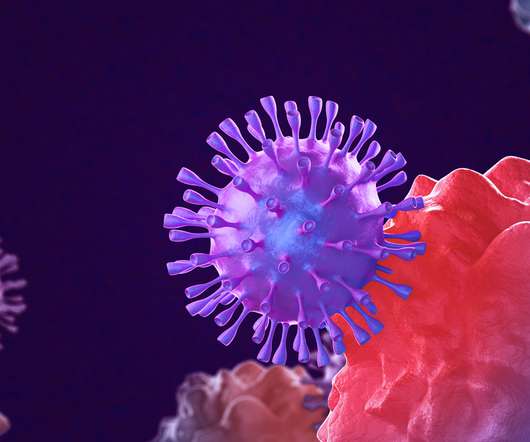FDA Makes Low-Risk Determination for Marketing of Products from Genome-Edited Beef Cattle After Safety Review
The Pharma Data
MARCH 7, 2022
Decision Regarding Slick-Haired Cattle is Agency’s First Enforcement Discretion Decision for an Intentional Genomic Alteration in an Animal for Food Use. The IGA results in the equivalent genotype (genetic make-up) and short-hair coat trait seen in some conventionally bred cattle, known as a “slick” coat. Today, the U.S.






















Let's personalize your content